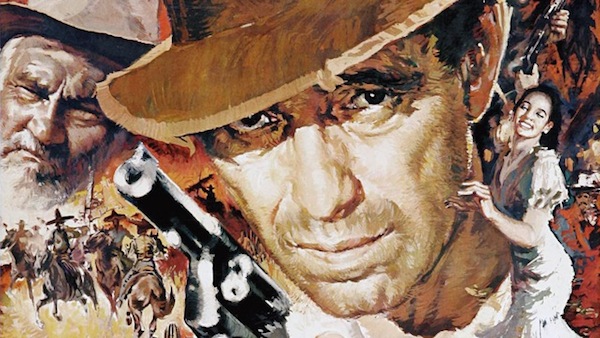
I love Bogart movies. And among my favorites is The Treasure of the Sierra Madre. Humphrey Bogart plays the character Fred C. Dobbs, a penniless American expatriate in Mexico who becomes a gold miner and strikes it rich with his two partners. Late in the film, trying to flee with the gold and losing his mind, Dobbs encounters a band of bandits pretending to be Federales. Dobbs confronts them.
Dobbs: ‘If you’re the police where are your badges?’
Gold Hat: ‘Badges? We ain’t got no badges. We don’t need no badges! I don’t have to show you any stinking badges!’
I'm still hearing executives give me almost the same response when I ask about business development processes. “We don't need a company-wide process. Each salesperson has developed his or her own process that is comfortable and suited to that individual.”
It isn't difficult to identify when a business development process is missing or badly damaged. Here are five telltale signs:
- Revenue fluctuates, sometimes wildly, while the selling cycle lengthens and the percentage of deals won declines.
- The time to make a new salesperson productive is long, getting longer, is expensive, and is painful.
- Forecasts are unreliable, and no trustworthy view of opportunities is available. Frustration with your CRM data is high.
- Features and benefits are sold in a transactional fashion rather than value and results in a consultative fashion.
- Learning and improvement isn't easy to reapply and multiply across the sales organization. If coaching and development are going on at all, they are unfocused, unstructured and not systematic.
If most or all of these telltale signs are showing, why support and defend “every salesperson for herself" as your business development method? In truth, that's just abdicating responsibility to actively manage the business development process while avoiding the hard work of so doing.
Where a discrete business development process is created and consistently applied, especially where it is mapped onto the buyer’s process, the cost of sales drops as sales effectiveness climbs. Selling cycles shorten and the percentage of deals won climbs.
An intentionally designed and robust business development process creates tools, resources, and measurements that have impact across the whole sales organization and all of the opportunities being pursued. Individual processes, chosen and used by individual salespeople, don't produce those same results. That's why it is vital to create a virtuous cycle that can be sustained and accelerated. A commitment to build a strong business development process could be the best decision you make for 2015.














